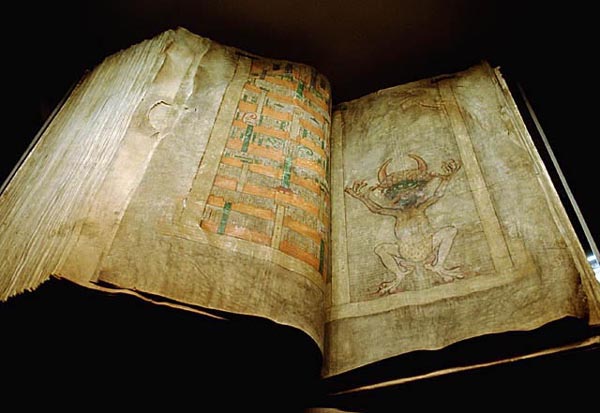|
Codex Wittekindeus
The Codex Wittekindeus is a 128-folio illuminated manuscript, illuminated Gospel Book, produced in Fulda Abbey in Germany around 970–980. Alongside the Gero Codex, the Codex Wittekindeus is considered one of the two "greatest works in the initial Ottonian revival of book-illumination". The treasure binding includes four of the recycled Magdeburg Ivories, Ottonian plaques from another object that was probably destroyed in a fire. The book was long held at the church in Enger and owes its name to Widukind, Duke of Saxony, who was said to have received the manuscript from Charlemagne. It was, however, not made until long after their time; its illuminations likely derived from a lost work of the Carolingian_art#Centres_of_illumination, Ada School of Carolingian art. Fulda was founded by a missionary from England, St Boniface, and besides following the Carolingian tradition, the book shares features with Anglo-Saxon illuminated manuscripts of the time, such as "fluttering, restless ... [...More Info...] [...Related Items...] OR: [Wikipedia] [Google] [Baidu] |
Codex Wittekindus, Fol
The codex (: codices ) was the historical ancestor format of the modern book. Technically, the vast majority of modern books use the codex format of a stack of pages Bookbinding, bound at one edge, along the side of the text. But the term ''codex'' is now reserved for older manuscript books, which mostly used sheets of vellum, parchment, or papyrus, rather than paper. By convention, the term is also used for any Aztec codex (although the earlier examples do not actually use the codex format), Maya codices and other Pre-Columbian era, pre-Columbian manuscripts. Library practices have led to many European manuscripts having "codex" as part of their usual name, as with the Codex Gigas, while most do not. Modern books are divided into paperback (or softback) and those bound with stiff boards, called hardbacks. Elaborate historical bindings are called treasure bindings. At least in the Western world, the main alternative to the paged codex format for a long document was the continuo ... [...More Info...] [...Related Items...] OR: [Wikipedia] [Google] [Baidu] |
